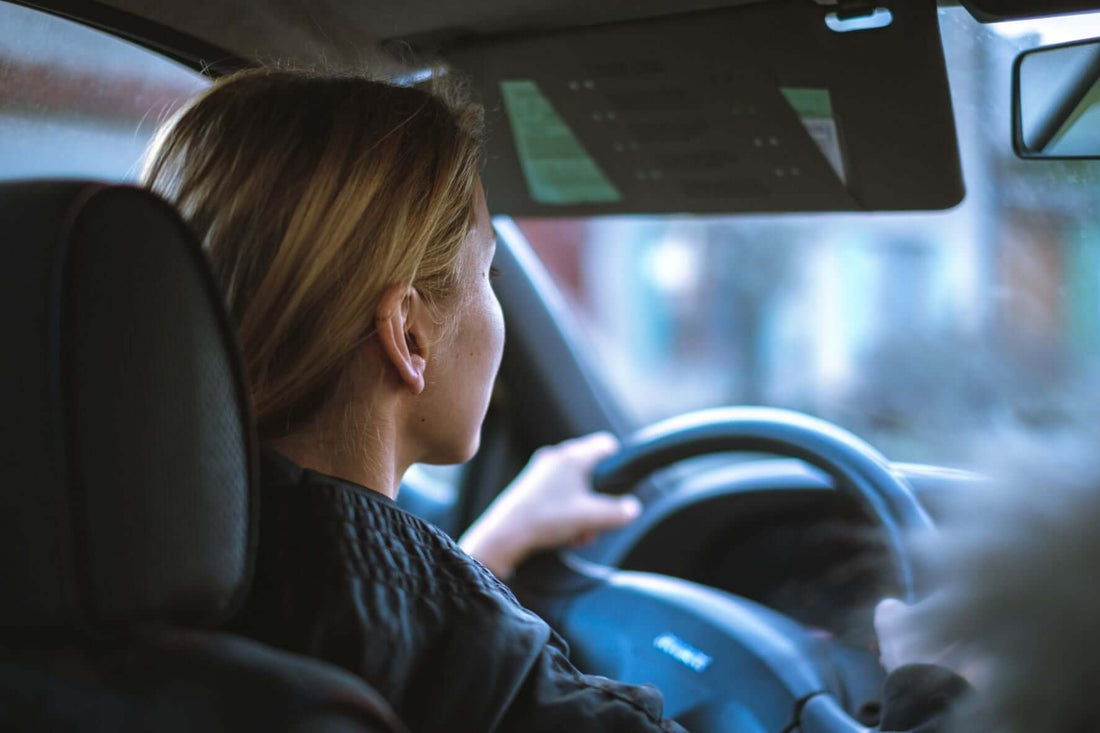We all think we are pretty good drivers. Especially if we’ve been driving for a while. That just passed nervousness has faded away and we find ourselves in an almost auto pilot state. Who hasn’t driven somewhere and suddenly thought, ‘How did I get here?’. Your mind having wandered during your journey.
If you think back to when you were learning to drive, you can probably remember being extra cautious. Hands always at 10 and 2. But gradually that caution fades, we take more and more risks, which ultimately can lead to accidents. As a road user we have a responsibility to not only consider our own safety, but the safety of others.
Here are some tips and reminders about how to be a more responsible driver around children to avoid changing a family’s life forever.
Stay Alert
Driving in and around schools, especially at pick up and drop off times can be enough to give you heart palpitations. Kids everywhere, SUV’s mounting pavements, drivers parking dangerously…it can be like a scene from Game of Thrones.
With all this activity, it is vital you avoid distractions to avoid something catastrophic happening. Up to 30% of accidents occur because the driver was distracted (England Highways). And whilst you can’t plan for every eventuality, you can prep your journey as much as possible to avoid an incident.

Get a playlist sorted before any journey, so you avoid any desire to play around with the radio. The same goes for the sat nav. Preload your journey, including any detours to avoid the need to interact with it whilst driving. And put away your phone. Most cars have built in hands free capabilities, so make sure this is all connected before you set off so there is no need to touch your handset.
Avoid congestion
The is always a certain time that is the worst for built up traffic outside of the school, and just a few minutes can make all the difference for that to ease. Your kids may have to wait a bit longer to be collected, but that could mean a world of difference for an outcome for another family.
Investigate alternatives
Instead of trying to get as close to the school as possible, could you find somewhere a little further away to avoid to chaos? It may be a pain to plan your journey to accommodate parking slightly further away, but it could save you a lot of stress.
Be aware of your surroundings
Checking our mirrors is something we have programmed into us whilst we learn to drive. Over time, we can fall out of the habit of doing so, especially when rushing. Make sure you always check your mirrors, particularly when you know there is a real possibility a child may suddenly appear on your path. They can come out of nowhere. If you don’t check your mirrors sufficiently when manoeuvring or pulling away, you could be responsible for them not making it home.
Don’t Speed
Speed limits are, exactly that, a limit. They aren’t a target. The average speed limit in the UK for a road near a school is 20 mph. A car travelling at that speed takes almost 3 car lengths to come to a complete stop. According to the RAC’s Report on motoring 2021, 45% of drivers admitted to speeding within a 20mph zone and 41% whilst on a 30mph road. If those drivers taking risks were travelling at double the speed limit (40mph) near a school, the stopping distance increases to 8 car lengths. That’s more than double the stopping distance, with a significant majority of drivers citing that their increased speed was a direct result of not paying attention to their speedometer. The distance it takes for a car to stop is often underestimated, so it’s best to allow yourself the extra time to react. Don’t be the reason a child doesn’t return to their family.

Indicate, indicate, indicate
We’ve all been behind one. A driver (usually in a big fancy car), that thinks they own the road. They overtake (or undertake) on a whim, turning suddenly at a junction, all without letting you know their intention. It’s infuriating. So, don’t be like them. Signal your next move. Give both pedestrians and other vehicles a chance to react accordingly, by letting them know your intentions.
Double check and take your time
Busy times or built up areas can add stress whilst driving. But, we all know the outcome of the race between the hare and the tortoise. Other road users may try to intimidate you into moving faster or getting out their way, you don’t have to. You are responsible for your actions, not theirs. So, if you want to take your time and double check your direction or intention is safe…DO IT! Taking that extra second to think or look could mean the difference for a family. Don’t let someone else make you the reason someone has to receive that dreaded call. Take your time.
Apply common sense
If you are entering an area you know is populated by a lot of families, make sure you slow down and pay attention. Kids might be out playing and dart out from behind a car. Their football might roll out, closely followed by the child.
If you are travelling at 30mph, there is a 50% chance you will kill a child if you hit them with your car. By reducing your speed to 20mph, this fatal outcome drops to 2.5% (Roadwise). This proves, staying alert and watching your speed could make all the difference.


